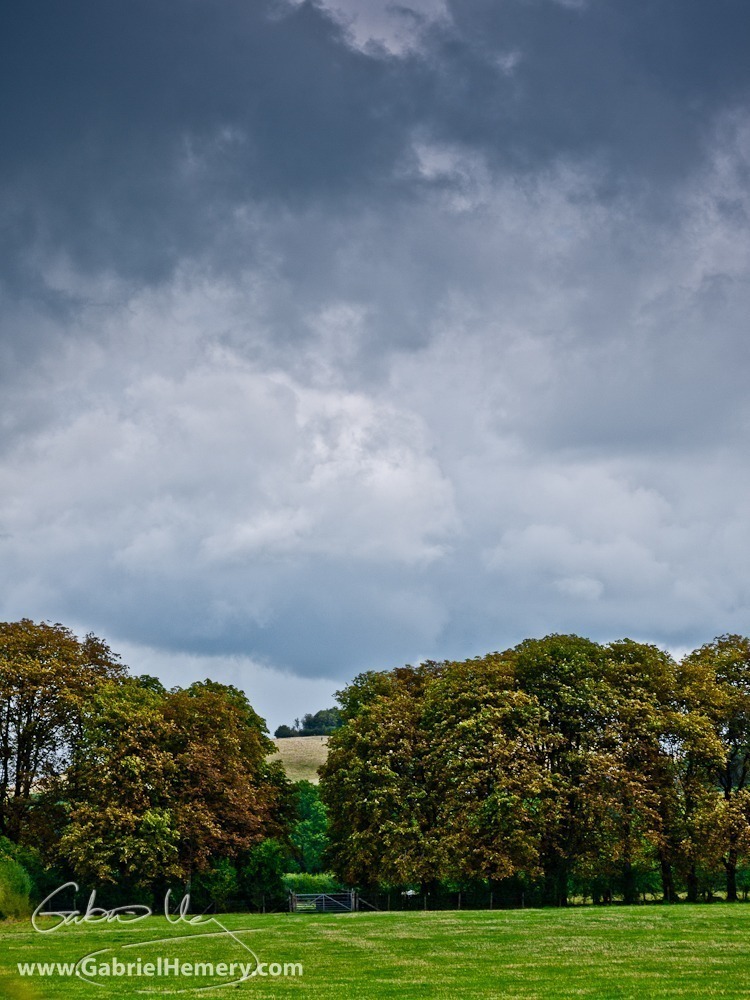
Horse chestnut trees across much of Europe are looking worse for wear. Infestation by the horse chestnut leaf miner has by this time of year reduced their canopies to a ragged and pot-marked mass of dying leaves. From a distance horse chestnut trees are now easy to spot as they look autumnal in colour; their leaves are brown and orange while all around them other trees remain a healthy green.
The horse chestnut leaf miner Cameraria ohridella was first discovered in Macedonia in 1984 and named as a new species in 1986. It has since spread rapidly across Europe and is found in most countries, although it is less common in hotter and drier climates. It was first observed in the UK in July 2002, on Wimbledon Common. It has since been spreading about 40-60 km (24-37 miles) a year.
Tree and forestry charity the Sylva Foundation is looking for volunteers to help spot and record the spread of the horse chestnut leaf miner in their TreeWatch project. Volunteers can ‘adopt’ a tree and record the presence or absence of the pest. According to the latest results displayed on the TreeWatch website, the mostly northerly record of the pest in England is near Leeds, with no records in Wales. More records are required across most of Europe. I wonder if any of my readers can find newer records?
If you have an interest in trees, of any species, and want to help with other tree surveys why not sign up to TreeWatch: you could play an important and active role in an early warning system for tree diseases and pests!
Gabriel Hemery

 This work is licensed under a Creative Commons Attribution- NonCommercial- NoDerivs 3.0 United States License.
This work is licensed under a Creative Commons Attribution- NonCommercial- NoDerivs 3.0 United States License.
